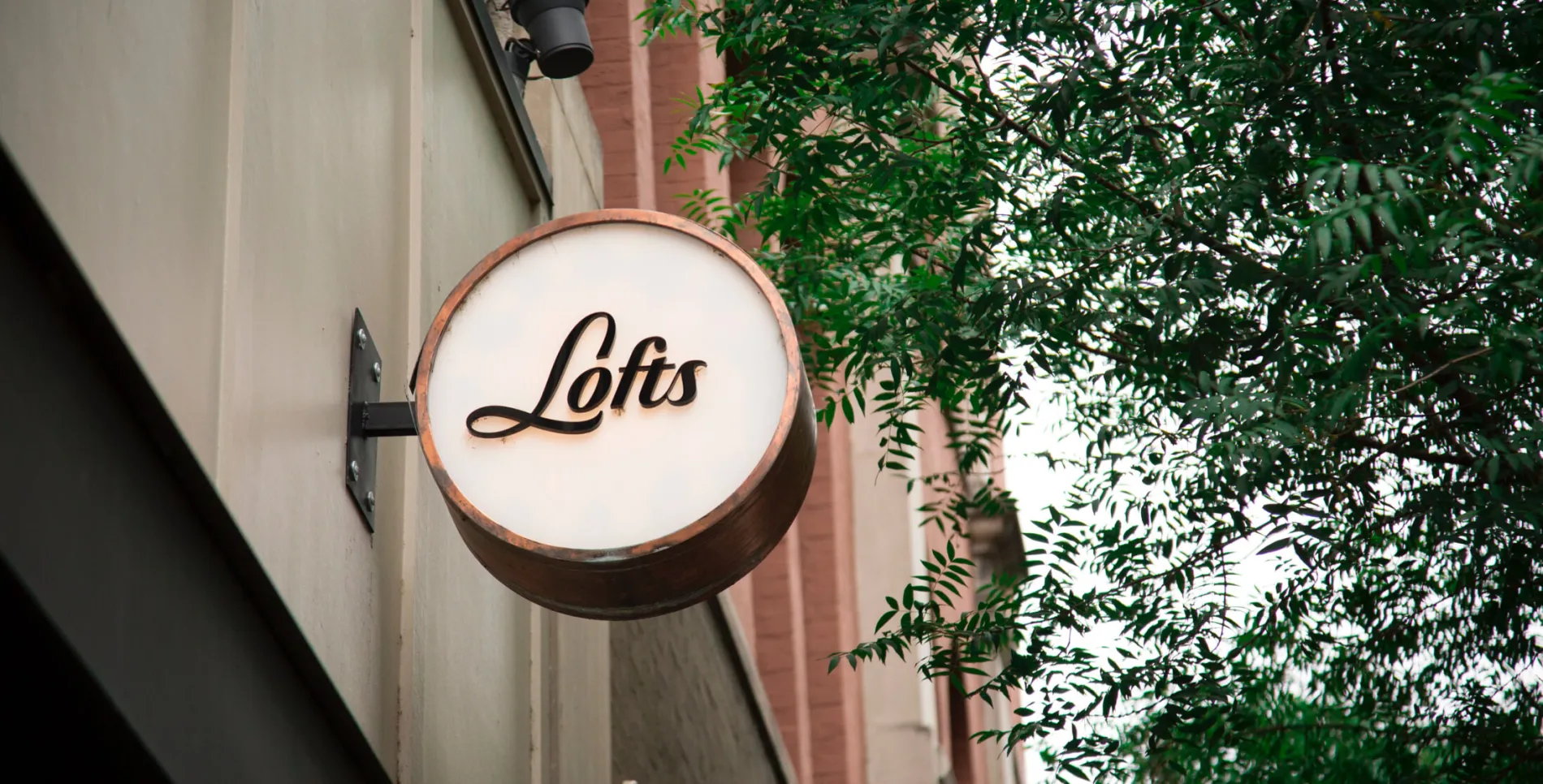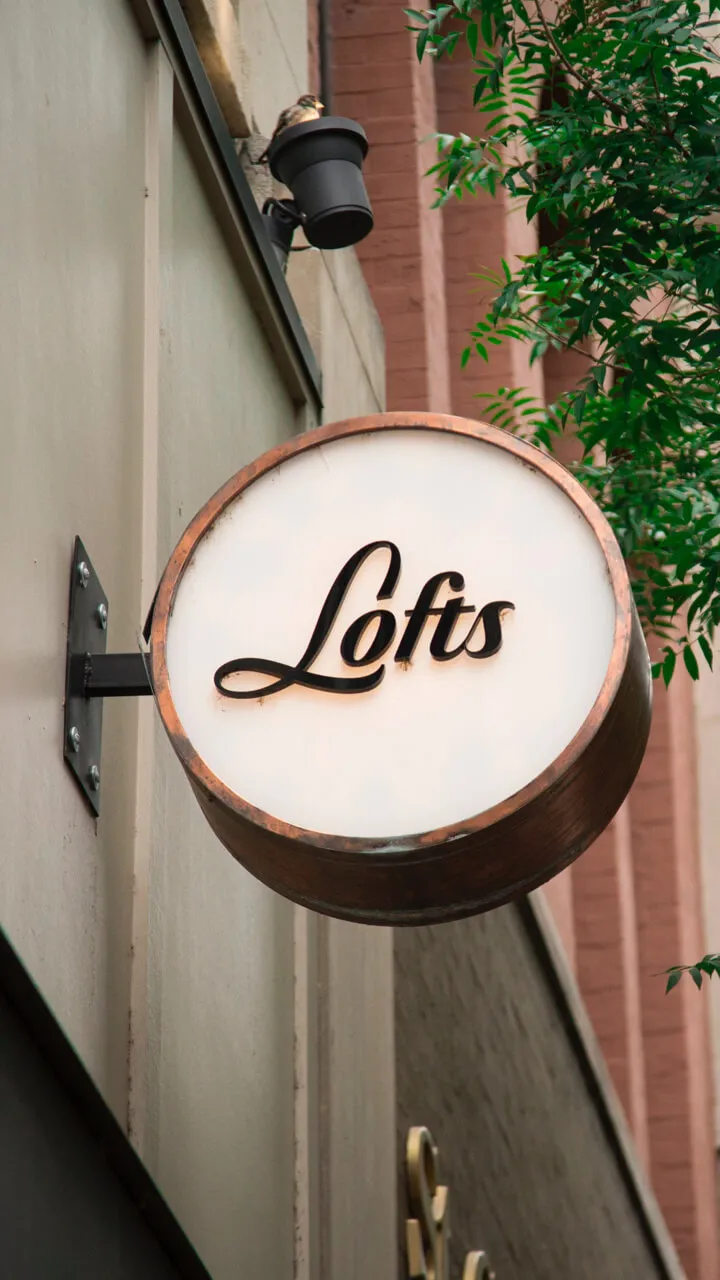What’s in a Name?
Brand naming is often one of the most mysterious and creatively challenging tasks a company or organization faces. Read on for our tips on making the most of your new name and (hopefully) to help ensure the process is as much fun as possible.
Of all the projects we tackle here at Origin, it’s safe to say that none are so creatively challenging as naming. In some regards, this might seem counterintuitive; after all, a brand’s name is generally no more than a handful of words. Or even less. But herein lies the challenge, because the fewer words available to convey meaning or simple information, the more critical it becomes to ensure those words are exactly right. Indeed, the process of naming is often more about the language that is discarded, rather than that which is included.
So where to begin? The first step is to recognize and acknowledge what a name can, cannot and shouldn’t do for your brand.
Let’s start with a partial list of what it can do:
- Create a distinct - and hopefully, memorable - impression, while differentiating you from the competition
- Say something about your product offering
- Convey a sense of tone and character that represents your brand
- Align with your visual identity
- Simply put, sound and look right (understanding that the definition of “right” is very subjective)
- Generate intrigue
Here’s what it can’t/shouldn’t do:
- Fully articulate every last aspect/character trait/offering of your brand
- Satisfy the wants of every single stakeholder
- Resonate with every last customer/guest (i.e., be “everything to everybody”)
- Marginalize, offend, or otherwise disrespect other human beings
- Try to do or explain too much about your brand or product
Please note that these are not comprehensive lists; there may well be numerous other factors specific to your brand that will inform your can/can’t/shouldn’t considerations.
With that out of the way, let’s talk a bit about starting the naming process. For us, it generally begins with a client session that includes key stakeholders, and that explores brand associations across a handful of different categories. These categories include:
- Place/region/geography - is this a place-based brand, and if so, what aspects of that place are relevant?
- History/historical figures - is there a legacy/history component?
- Product/service offering - this one’s pretty obvious
- Emotional/character tone - is there a specific way we want people to feel about the brand that the name can help support?
- Purpose/promise - what is the brand’s purpose and promise, and how might the name convey that?
Again, this list does not cover every category or topic/circumstance that might apply to a specific brand, but it does hit the primary ones, and it should give you plenty of fodder to begin your naming odyssey.
When embarking on the naming process, it’s helpful to remember that many of the most recognizable brand names in the world don’t actually make much sense, or are the result of a very convoluted and even happenstance path. The name Starbucks is a perfect example. It’s the result of the co-founders’ initial desire to have a name that began with the letters “st” (some consider st words to be more powerful). This led to them finding a small town called Starbo on an old mining map, which then prompted an association with a character named Starbuck in the classic book Moby Dick. And the rest, as they say, is history.
What does the name Starbucks have to say about the brands’ product offerings? Nothing. How about its history? Again, nothing. Purpose? Nada. Promise? Zip, zilch. At best, the name trades on possible associations (the character Starbucks was reputedly known for his moral goodness), but honestly, how many Starbucks customers have even the faintest idea where the name originated? Could it be as many as one or two percent?
The point is not that you shouldn’t put careful thought into your name, or even that you should follow a similarly unorthodox naming path as Starbucks (though it is a perfect example of a brand wisely not asking too much from their name). Rather, the point is that great names can come from surprising places, and that great brands are often built on names that do not, at first glance, seem to have any connection to the brand itself. Indeed, it’s often the durability and strength of a brand beyond its name that imbues the name with meaning.
In closing, Origin’s best naming advice is this: Be thoughtful, but not rigid. Be creative, but stay grounded. And listen to your heart at least as much as your head. Because given the inherent limitations of any name, it’s especially important that you really, really like it.






